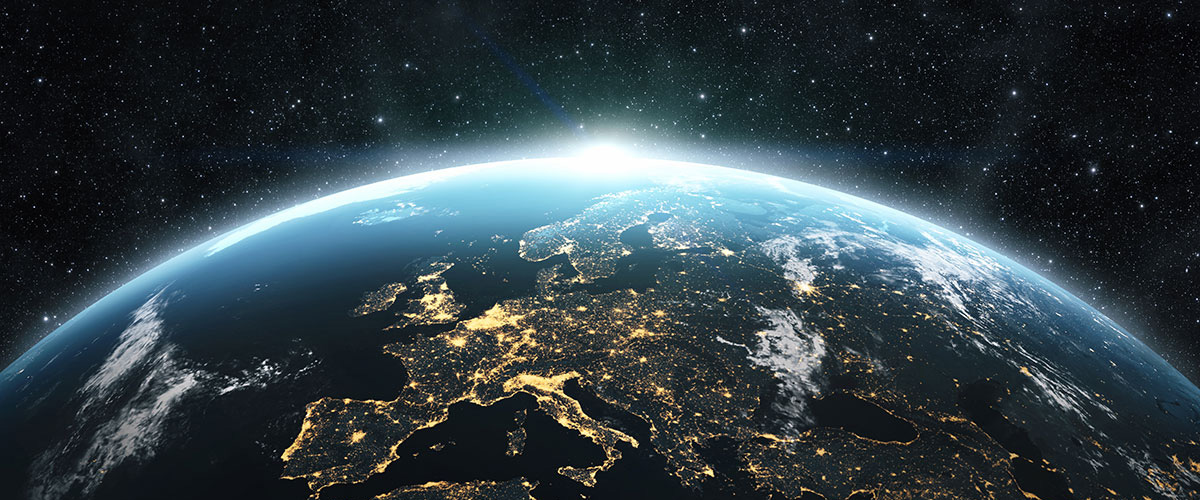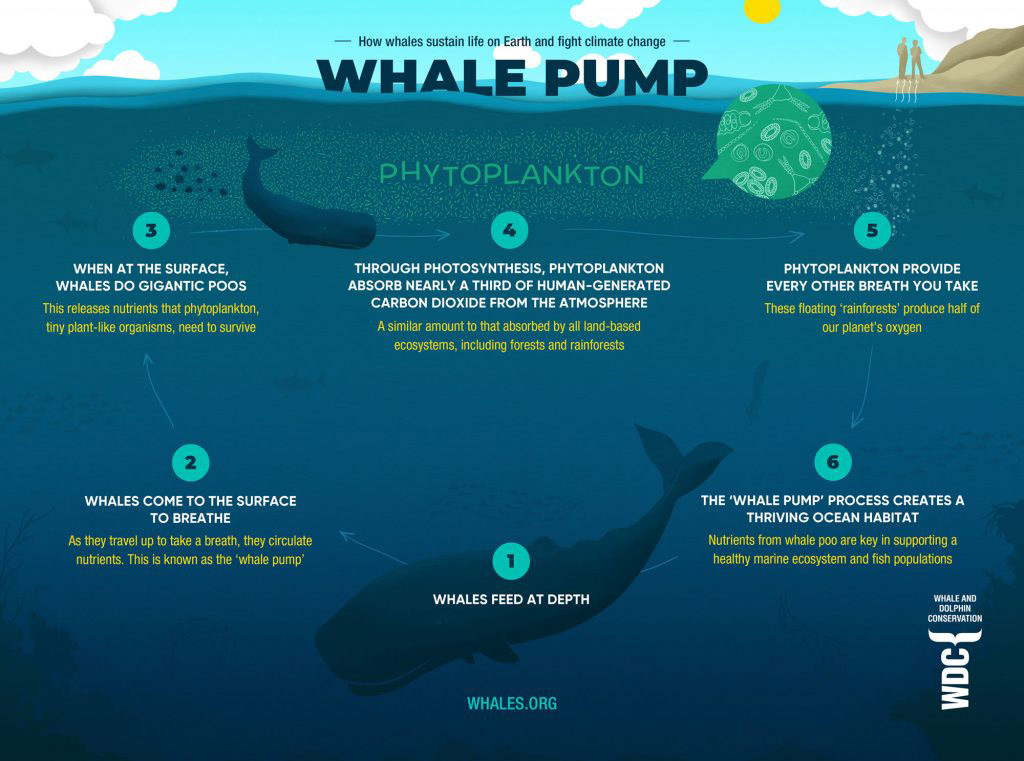Our only spaceship

Life support
Humanity is looking to the dawn of a climate transition: the collective, global movement toward a more sustainable method of production and consumption.
Failure to achieve this will see drastic and unfavourable changes to our environment. The repercussions will result in higher temperatures, rising sea levels and food shortages. This will force the population closest to the equator into the largest mass migration in history.
Encouragingly, however, the science is at hand.
Every year 51 billion tons of greenhouse gas emissions are released into the atmosphere. The target is ZERO.
Founder of Microsoft Bill Gates, who is becoming increasingly famous for his benevolent philanthropy, uses the metaphor of a bathtub. You can reduce the water pressure, but if the tap continues to drip, sooner or later the tub will overflow.
Reaching “net zero” is often the focus of companies reporting on their environmental footprint. As such, whilst not ubiquitous, it is more forthcoming than information regarding the other important attribute of our environment – biodiversity.
The crew
In the provocative Netflix documentary Seaspiracy, the filmmakers take a deep dive into how humans are treating our oceans (pun fully intended!). Captain Paul Watson, the founder of activist group Sea Shepherd, likens our planet to a spaceship.
“Every spaceship needs a life support system that provides the food we eat, air we breathe and regulates the climate, the temperature. This system is run by a crew of earthlings. There are only so many of the crew can be lost before the life support breaks down and we run out of engineers.”
We are killing off the crew.
To put the importance of protecting biodiversity into context, we need only look at one example – the whale.
Whales are integral to the functioning of our ecosystems. So much so, scientists have observed two ecological processes that occur due to their existence: whale pump and whale fall.
Whale pump describes how the life of these creatures generates a nutrient cycle, allowing phytoplankton to flourish and increasing oxygenation of the ocean and the atmosphere. The below infographic, courtesy of the Whale and Dolphin Conservation (WDC) charity, explains this process in more detail.

Source: whales.org
Whale fall, on the other hand, occurs upon their death. Over their lifetimes these titans absorb 33 tons of carbon dioxide. The remains descend to the seabed where they provide food and shelter for some 200 species. Over time they are trapped by the seabed, ultimately sequestering the carbon stored inside and locking away these harmful emissions.
This is the impact of only one species. Climate change and biodiversity are symbiotic. This is why the climate fight can not only focus on reducing emissions. It must also incorporate the protection of wildlife and preservation of habitats as part of the strategy.
Investing in a better world
The role of the investment professional is evolving.
It is no longer enough for us to only consider the risk-return characteristics of an investment. We must also start to consider the impact of our investment decisions on society and our environment.
As we embark on that effort, we have been analysing our portfolios across a number of environmental and social metrics.
We’ve found the companies held within our balanced equity portfolio are responsible for 1,319,768.98 tonnes of CO2 or equivalents (tCO2e).
This is in stark contrast to the 10,109,072.11 tonnes of CO2e emitted through the operations of the FTSE 100 companies. The FTSE 100 companies emit nearly eight times more than our holdings do!
For completeness tCO2e denotes the aggregate tonnage emissions impact of all greenhouse gases emitted. Methane for example is 3x as potent, tCO2e therefore provides a standard metric to measure the atmospheric impact.
According to Carbonbrief.org the average UK citizen’s carbon footprint is 5.3 tCO2e per annum. Therefore, the difference between the two equity investments is equal to that of over 1.6m people.
In other terms, you’d need to plant 410 million trees to cover the cost or increase the whale population by 266,000.
For all your walking to work, recycling plastic and turning off the lights, your largest emissions footprint might well be your investment portfolio!
As we develop our capabilities for analysing portfolios’ carbon footprints, we are also engaging with managers on issues where data is sparse. Such as our investments’ impact on biodiversity loss.
Developing these methods together will allow us to increasingly consider impact, alongside risk and return, when making appropriate investment decisions.
The content contained in this blog represents the opinions of Equilibrium and is based upon our current understanding of rules and regulations. The commentary in this blog in no way constitutes a solicitation of investment or financial advice. It should not be relied upon in making investment or financial decisions and is intended solely for the entertainment of the reader.
